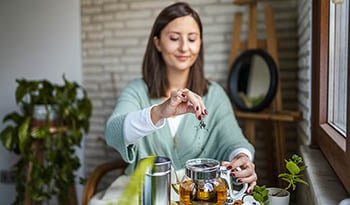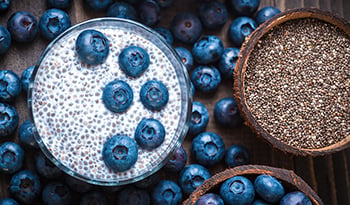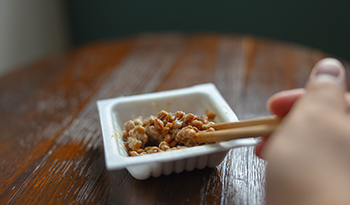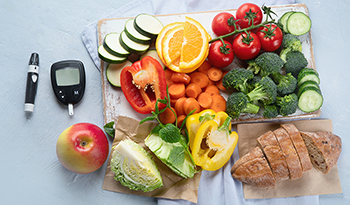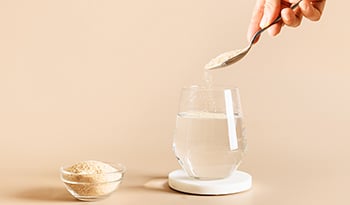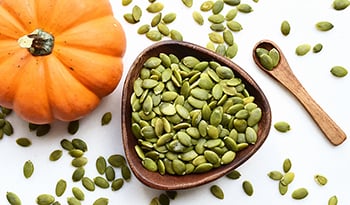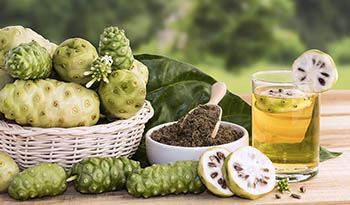Cooking with Ghee
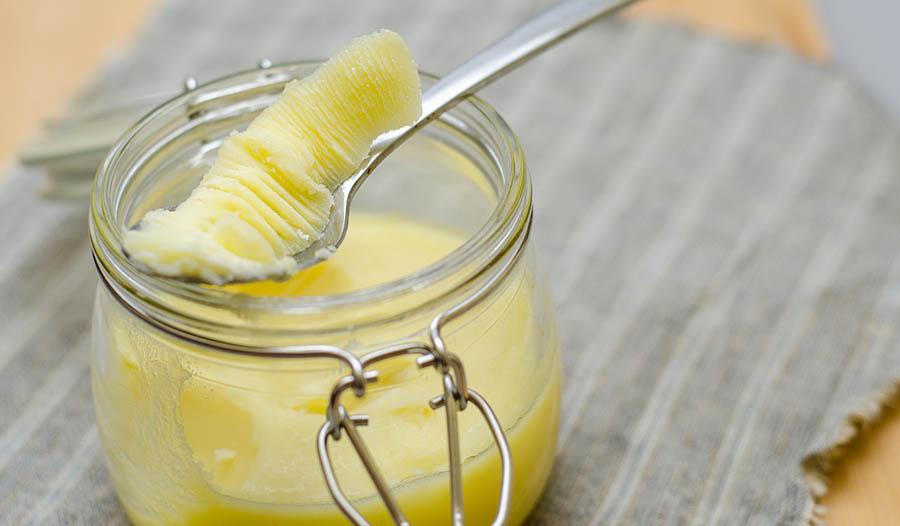
Before we talk about the many ways you can cook with ghee, let’s find out what it is and how it’s made.
What is Ghee?
Ghee means "sprinkled" in Sanskrit. It is a type of clarified butter that does not contain water or solids from milk. Ghee first came from the cow, which is a sacred animal in the Hindu religion. For centuries, people have been using ghee in Indian recipes and in a type of holistic medicine called Ayurvedic. The clarified butter supposedly has a healing property called Rasayana, or the ability to make a person's lifespan longer. The book used by Ayurvedic doctors, "Susruta Samhita," says that it is good for the entire body. The use of ghee began in India and quickly spread to the Middle East and Asia centuries ago.
Depending on its age, ghee can have different names. If it is 10 years old, it is puran; if it is 100 years old, it is kumbhaghrta. When ghee has aged for more than a century, it is mahaghrta. Robert Svoboda, an Ayurvedic doctor, says that aged ghee can help treat epilepsy, fever, vaginal pain and alcoholism. Aside from aged ghee, there is another type of ghee called herbal ghee, which is ghee mixed with herbs. Ghee became a part of rituals in 3000 B.C., and people used it to light their lamps.
How to Make Ghee
Today, people can make ghee by melting butter on medium-low heat until it is simmering. The simmering causes the water to separate in the butter, which makes the milk solids move to the bottom of the pan. After all the water has evaporated, the butter will stop making popping sounds. The ghee can be moved to a strainer lined with cheesecloth to remove any milk solids.
Once the ghee cools, it should be put into a container that can hold hot liquids and be stored at room temperature, kept away from heat as well as light. The clarified butter can last up to three months at room temperature, and it will last in the refrigerator for up to a year. Similar to regular butter, it can harden from sitting in the fridge but will get soft again if it sits out for 5 to 10 minutes.
Cooks can find ghee in an array of flavors. It is sometimes called ghee butter instead of just ghee. The flavors are either mild (such as coconut ghee) or exotic (such as ghee with white truffle salt). Some of these flavors -- like Madagascar vanilla bean ghee -- are good for sweet dishes. Others -- such as garlic ghee or turmeric ghee -- are better-suited for savory dishes.
Ghee is free of lactose and casein, so people who are lactose intolerant or allergic to milk can consume it without any internal issues.
Ghee Usage Suggestions
People can use ghee in many different meals: as a snack or an appetizer, in the main course or soup, for vegetable or grain dishes, in desserts, in sauces, for breakfast, and as a substitution for other fats like butter or coconut oil.
As a snack, people can pour melted ghee along with salt over popcorn. They could also spread ghee over whole grain crackers with cheese. Cooks can mix ghee with sea salt and chives to spread on pita bread for a tasty appetizer.
As the main course, cooks can use ghee to make a paste for chicken. The paste is easily made by combining ghee with a large number of herbs such as parsley, minced garlic, salt and pepper. The paste can be rubbed onto the chicken and then roasted.
On cold days, cooks can stir this type of butter into their soups just before they serve it, or it can be used to sauté onions and garlic that go on to flavor an entire soup.
When it comes to breakfast, people can pump up their nutrition in peanut butter and ghee smoothie. The ghee adds a light but warm nuttiness while adding valuable nutrients to any dish.
For a healthy dish any time of year, cooks can coat root vegetables in ghee along with salt and pepper and then roast them at 425 degrees F until the vegetables are soft. Ghee can also be added to mashed potatoes with sour cream and chives.
Ghee can also be mixed with hot rice and cooked for five minutes. Add olive oil, to taste, for additional flavor. Need a unique spin on mushrooms? Sauté ghee with white wine, mushrooms and salt. If cooks need a different sauce to spice up their meals, they can simmer ghee with lemon juice, white wine, a piece of thyme and garlic. This makes a great sauce to pour over the fish of choice for a meal that features the healthy benefits of seafood.
For dessert, people can mix ghee with coconut oil and use it to sauté bananas along with brown sugar. They can serve the dish with ice cream or cream. Cooks can also put a dollop into pudding while it is hot or mix ghee with carob powder along with agave nectar to put on rice cakes for a gluten-free dessert. As a substitution, cooks can use ghee to sauté instead of butter because it is harder to burn or smoke.
Though this may be a bit out of the ordinary, a person can use ghee in place of lip balm to keep lips moist. A book that is widely used by Ayurvedic healing is The Indian Materia Medica. The book states that another skin care use for ghee is mixing it with honey to heal blisters, wounds and inflammation.
No matter where a person's ghee comes from, whether it is from a pre-packaged can or homemade in a pan, it can offer a helping hand to many health problems. Try mixing it into a wide variety of foods, and discover how it can enhance some of the most unassuming recipes.
DISCLAIMER:This Wellness Hub does not intend to provide diagnosis...














































































